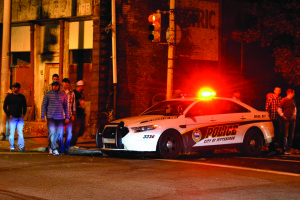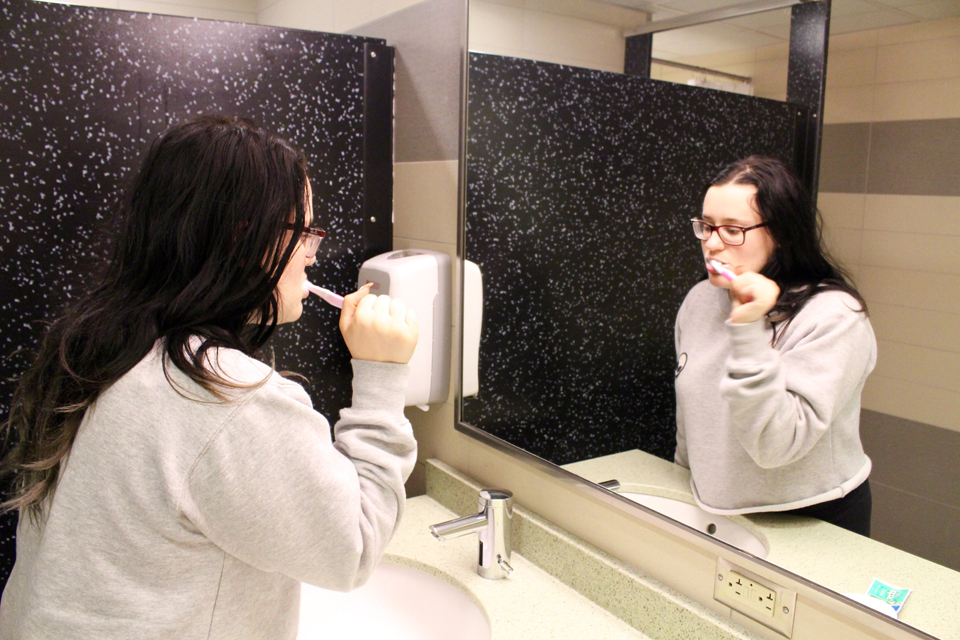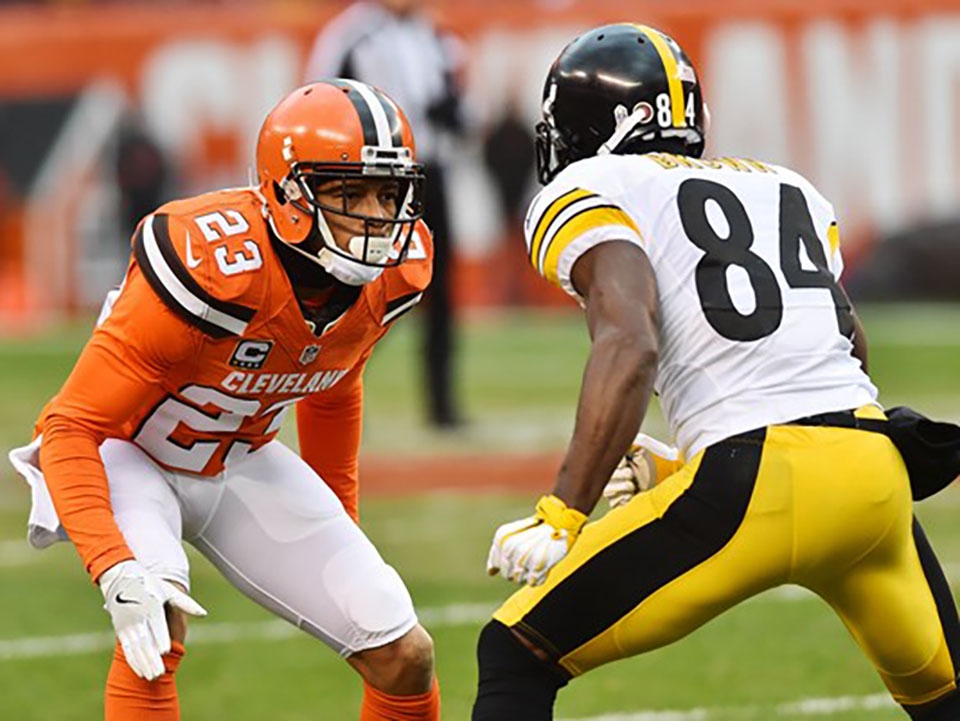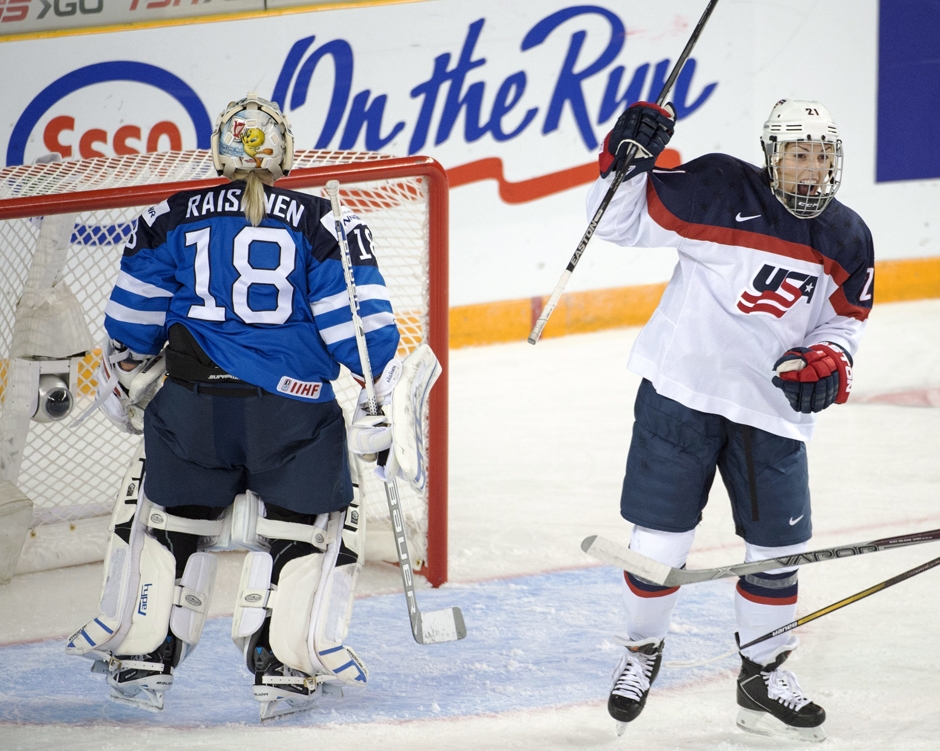
By Jen Cardone | The Duquesne Duke
Crime rates have decreased in the South Side since Mayor Luke Ravenstahl instituted a new police program in the area, according to a report from the Pittsburgh Police.
The effectiveness of the program, called “saturation detail,” where the number of police officers on duty in the area was dramatically increased, was measured by observing Friday and Saturday nights from 11 p.m. to 4 a.m. from July 5 to Oct. 23. In comparison to last year, there was a 34 percent decrease in part one crimes, including aggravated assault, rape, robbery, theft and burglary, in that evaluation period, according to Lt. Larry Scirotto.
Scirotto also said 911 calls from the area decreased 28.7 percent during that same period on East Carson Street.
“As far as change, what we know from feedback from community groups is that it’s a slow process with our efforts for a change in a behavior,” Scirotto said. “With fewer calls of service, the effectiveness of our effort is positive and it gives us a positive evaluation of our policing approach of our data across the board.”
Scirotto said Pittsburgh police officers were instituted to patrol north and south two blocks of East Carson from the 1000 block to 2000 block. He said their new strategy is to have officers visible and readily available with no tolerance for part one crimes.
They do not just use data as a mission for success, according to Scirotto. They also take into consideration input from stakeholders and see if they see the crime rate or behavior changing. So far, they have received positive feedback.
He also added there are no plans to change the strategy because it has been effective so far.
“It’s still a work in progress and to stop now would be counterproductive to what we did in the summer,” Scirotto said. “We are scaling down the amount of officers in the winter then increasing them in the summer based on the weather.”
According to councilman Bruce Kraus, the lower crime rate is because of the Responsible Hospitality Institute, an organization he works with. It is is for all major cities to help with typical city issues, such as public transportation, nightlife safety and crime.
Kraus said they have been working with the Bar and Restaurant Association to try to redesign the way they police entertainment districts like the South Side. Also, they have been reorganizing police officers away from standing outside licensed establishments to have them in the residential areas, which has led to a reduction in crime.
“What you’re seeing here is a direct result of this reorganizing of police to enforce entertainment districts like the South Side,” Kraus said.
Ravenstahl, in a statement to The Duke, said the administration is “pleased with Pittsburgh’s decreased crime rates,” but acknowledges there is still work to be done.
“We continue to invest in new technology, equipment and training to improve our officers’ ability to crack down on crime,” Ravenstahl said. “We have also created more community-oriented policing tools…and implemented blight reduction strategies to help tear down dangerous and abandoned structures in our neighborhoods. With residents, local government and law enforcement working together, we can make a difference and keep Pittsburgh as a ‘Most Livable City’ for everyone.”



